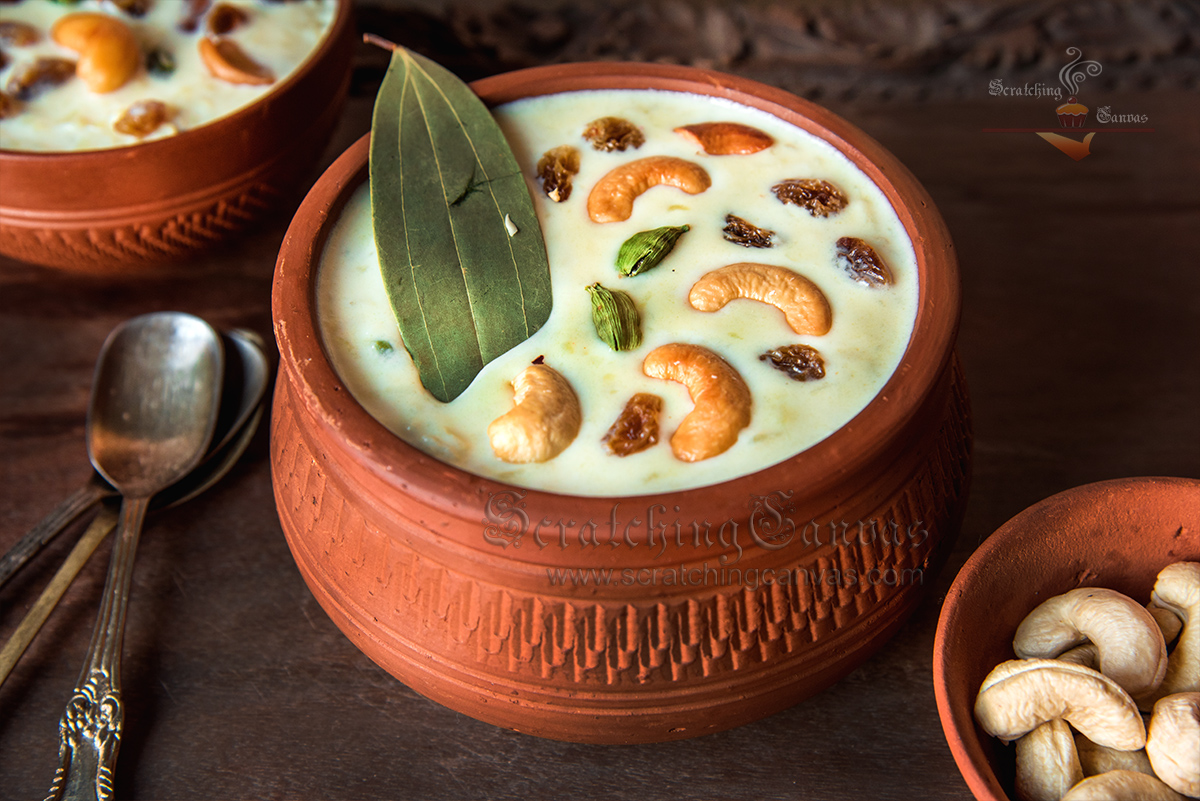Meetha Magic: Chef Curry Do-Pyaza’s Payesh Paradise!
Namaste, Kem cho, and Sat Sri Akal, my food-loving friends! Your friendly neighbourhood chef, Curry Do-Pyaza, is back with a sweet treat that’ll transport you straight to dessert heaven: Payesh!
Payesh, also known as Kheer in some parts of India, is more than just a dessert; it’s a warm hug in a bowl. It’s the sweet ending to a delicious meal, the star of festive celebrations, and a comforting treat on a chilly evening. Think Diwali lights twinkling, Durga Puja celebrations in full swing, or even a simple family gathering – Payesh is always there, adding a touch of sweetness to every occasion.
A Spoonful of History
Payesh boasts a rich history, dating back thousands of years. It is believed to have originated in the Indian subcontinent. Ancient scriptures mention variations of this creamy rice pudding. Over time, regional adaptations and local ingredients have shaped the diverse range of Payesh recipes we see today. From the creamy textures of Bengal to the nutty flavors of the South, each region has its own unique spin on this beloved classic.
Ready to Cook? Let’s Get Started!
This recipe is simple enough for beginners and delicious enough to impress even the most discerning palates.
Preparation Time: 15 minutes
Cooking Time: 45 minutes
Ingredients:
- Chawal (Basmati Rice): 1/2 cup (Washed and soaked for 30 minutes)
- Doodh (Full Cream Milk): 4 cups
- Cheeni (Sugar): 1/2 cup (Adjust to your sweetness preference)
- Elaichi (Green Cardamom): 4-5 pods, lightly crushed
- Kaju (Cashews): 10-12, chopped
- Badam (Almonds): 10-12, slivered
- Kishmish (Raisins): 2 tablespoons
- Ghee (Clarified Butter): 1 teaspoon (Optional, for roasting nuts)
- Kesar (Saffron) Strands: A pinch (Optional, soaked in 2 tablespoons of warm milk)
Let’s Cook Some Magic!
- The Creamy Start: In a heavy-bottomed pot, bring the milk to a gentle boil over medium heat. Stir occasionally to prevent sticking. This is important for a smooth, creamy Payesh.
- Rice Time: Once the milk is simmering, add the soaked and drained rice. Reduce the heat to low and let it cook slowly, stirring frequently. Patience is key here! We want the rice to cook perfectly and release its starch, thickening the milk naturally.
- Flavor Burst: After about 30-35 minutes, the rice should be soft and the milk should have thickened. Add the crushed cardamom pods and saffron-infused milk (if using). The cardamom will release its fragrant aroma, and the saffron will add a beautiful golden hue and subtle flavor.
- Sweet Surrender: Now, stir in the sugar. Continue to cook for another 5-7 minutes, stirring continuously, until the sugar is completely dissolved. Taste and adjust the sweetness if needed.
- Nutty Delight: While the rice is cooking, you can lightly roast the cashews and almonds in a teaspoon of ghee in a separate pan until golden brown. This adds a lovely nutty flavor to the Payesh. Add the roasted nuts and raisins to the Payesh.
- Simmer Down: Let the Payesh simmer for a few more minutes, allowing all the flavors to meld together beautifully. Turn off the heat and let it cool slightly.
Chef Curry’s Top Tips for Payesh Perfection:
- Use Full Cream Milk: It’s the secret to a rich, creamy Payesh.
- Low and Slow Cooking: This allows the rice to cook evenly and release its starch, thickening the milk naturally.
- Stir, Stir, Stir: Frequent stirring prevents the rice from sticking to the bottom of the pot and ensures even cooking.
- Adjust Sweetness: Everyone has different preferences, so taste and adjust the sugar accordingly.
- Garnish Generously: Don’t be shy with the nuts and raisins! They add a delightful texture and flavor.
Payesh: Your Way!
- Gas Stove: The traditional method, perfect for slow simmering and developing rich flavors. Follow the steps above.
- Induction Stove: Similar to a gas stove, but with precise temperature control. Be mindful of the heat settings to prevent scorching.
- Pressure Cooker: Not recommended as it can overcook the rice and affect the texture.
- Oven: Preheat the oven to 300°F (150°C). Combine all ingredients in an oven-safe dish and bake for 1-1.5 hours, stirring occasionally.
- Microwave: Not recommended as it can result in uneven cooking and a rubbery texture.
- Slow Cooker/Crockpot: Combine all ingredients in the slow cooker and cook on low for 4-6 hours, stirring occasionally. This is a great option for hands-off cooking.
Nutritional Information (Approximate, per serving):
- Calories: 250-300
- Protein: 6-8 grams
- Fat: 10-12 grams
- Carbohydrates: 35-40 grams
Serving Suggestions:
- Serve Payesh warm or chilled.
- Garnish with extra nuts and a sprinkle of saffron.
- Pair it with crispy poppadums for a delightful contrast of textures.
- Enjoy it as a dessert after a hearty Indian meal.
Your Turn to Cook!
Now that you have my secret recipe, it’s time to put on your chef’s hat and create some Payesh magic in your own kitchen. Share this delicious dessert with your friends and family. I am sure they will love it. Happy cooking, and remember, food is best when shared with love!
